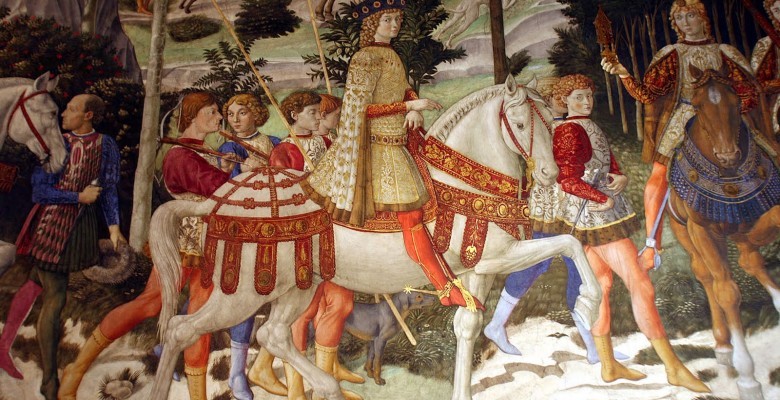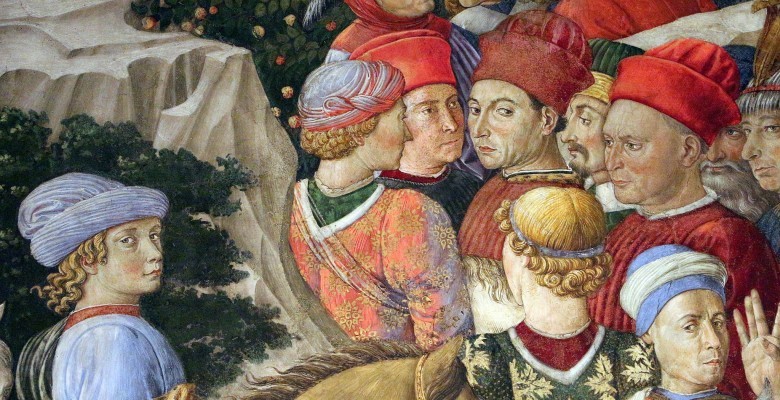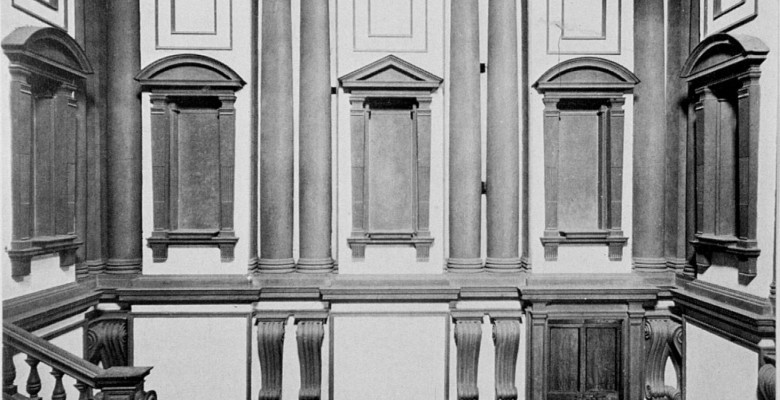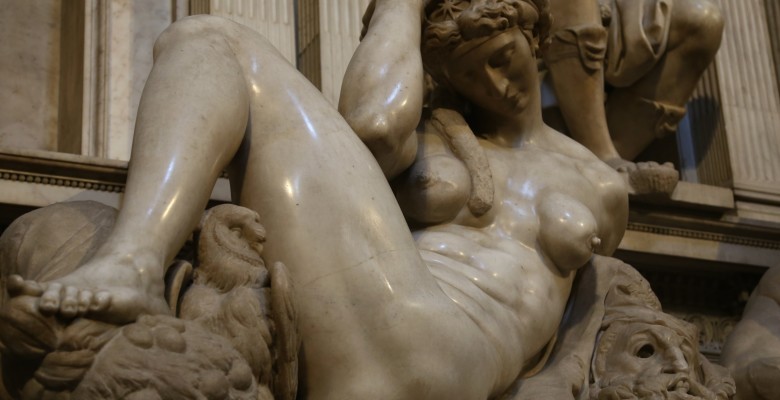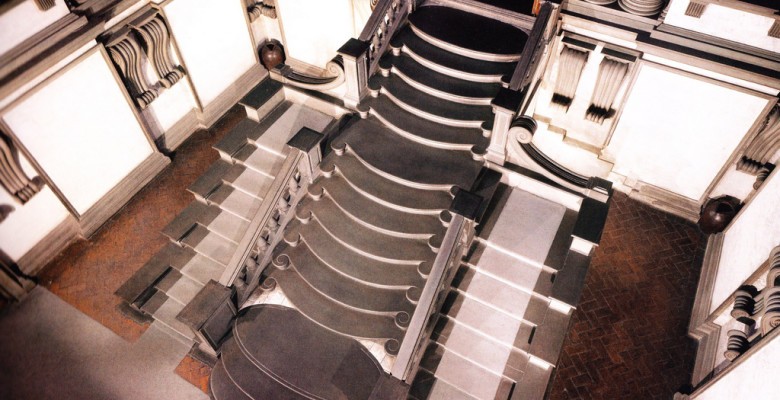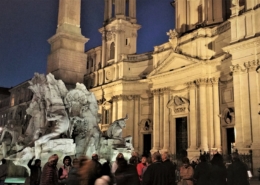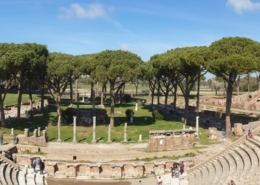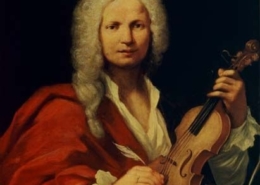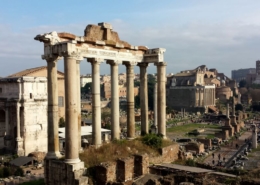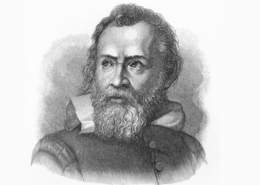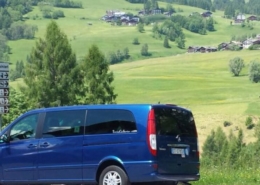Highlights of this tour
- Palazzo Medici Riccardi
- Church of San Lorenzo
- Old and New Sacristies
- Medici Chapels
- Laurentian Library
- With a complete historical background
THE MEDICI’S SUBLIME ALCHEMY
The Medici’s Sublime Alchemy – Florence would not be the city it is today without the Medici family.
Our tour will begin at Palazzo Medici Riccardi, continue into the Church of San Lorenzo, the Old and New Sacristies, the Medici Chapels and the Laurentian Library.
Giovanni di Bicci de’ Medici, who was by 1400 one of the richest men in Italy supported the construction of the great dome for the Cathedral of Santa Maria del Fiore and the erection of a foundling hospital, both designed by the archistar of the day, Filippo Brunelleschi.
Cosimo, Giovanni’s son, was an enthusiastic patron both for paining and sculpture. He entrusted MIchelozzo for the reconstruction of the Monastery of San Marco and invited Fra’ Angelico to settle and work there.
Also commissioned to Brunelleschi the reconstruction of San Lorenzo, that was the family’s parish church.
His greatest gift to Florence was the establishment of the first public library in Europe, called the Medicea. His scholars searched the world to find the five books of Roman History by Tacitus and the Justinian Code.
Lorenzo “The Magnificent”, Cosimo’s son, was an accomplished poet himself. He founded an academy to help painters, sculptors and scholars.
With his brother Giuliano staged pageants and processions aimed at reviving the spirit of Roman and Greek civic celebrations. Under Lorenzo the artists began to move by exclusively religious subjects to those that reflected secular or human values.
New themes were inspired by ancient history, mythology, philosophy. Botticelli’s “Birth of Venus” was committed by him in 1484. After Giuiano’s assassination, Lorenzo grew a much more serious statesman, and spent his free time in the study of ancient literature and philosophy.
After Savonarola’s parenthesis and the destruction of many works of art in the Bonfire of the Vanities in 1498, the Medici came back to Florence only in 1512.
In 1513 Giovanni de’ Medici (one of Lorenzo’s sons) became Pope as Leo X. He had received a humanist education and loved music, art, poetry, He made Rome a center of European culture. Famous is the letter that Raphael wrote to him about the necessity of protecting and preserving the ancient monuments of Rome.
Caterina de’Medici, Lorenzo’s granddaughter (1519-89) and great Queen of France, brought Italian perfumes to the court of France thanks to Renato Bianco, her personal perfumer: this episode changed the olfactory history of Europe!
At Palazzo Medici we shall see the celebrated three large frescoes at the ‘Chapel of the Magi’ by Benozzo Gozzoli, executed soon after the palazzo had been completed by Michelozzo.
The religious theme is an excuse for representing several members of the Medici and their friends, plus some important Byzantine dignitaries that had arrived in Florence years before. At the time the Medici could boast to have helped the reconciliation of the Catholic and Byzantine churches (now we know it didn’t work!).
The frescoes are world famous: the colors, the preciousness of details, the magnificent golden ceiling, the elaborate mosaic floor bring the visitor into a fairy tale ambiance difficult to forget. Your guide will point out the most famous characters in the paintings.
The tradition narrates that Cosimo the Elder chose for his home Michelozzo’s project, rejecting instead the more lavish proposal by Brunelleschi, for sheer political opportunity, as he was trying to maintain a ‘low profile’ and didn’t want to arise the envy of his fellow citizens.
At a short distance we encounter the bulky mass of San Lorenzo, accredited to be one of the oldest churches in Florence. The church was fundamentally built on a project by Brunelleschi under the patronage of Cosimo and then Lorenzo, but was not finished at the architect’s death in 1466. Later in time the façade was assigned to be completed by Michelangelo, but the project wasn’t accomplished.
The interior is organized according to the laws of geometry, and a well calculated use proportions connects all the architectural elements, stressing the accent on the close relationship between art and science.
The Old Sacristy (1422-28) was entirely designed by Brunelleschi and is indeed one of the milestones of Early Renaissance architecture. Of great interest is a scientific representation of the Northern Hemisphere on a small cupola, symbolizing the close relationship, again, between art and science.
This was an absolute novelty, if we consider that we are in a religious building. The astronomic representation is very accurate, must have been suggested by an astronomer. The Old Sacristy enshrines the sarcophagus of Cosimo’s sons, Giovanni and Piero, by Andrea del Verrocchio, and the beautiful bronze doors designed for the altar by Donatello.
The next stop in our The Medici’s Sublime Alchemy tour will be at the Medici Chapels. It was Giovanni de’ Medici, elected Pope Leo X in 1513, that decided to complete San Lorenzo. The choice fell on Michelangelo, who supposedly had to complete the façade (1518), but the contract was annulled. Michelangelo was to build the New Sacristy, as a pendant of the old one by Brunelleschi.
We find two monumental tombs: Giuliano Duke of Nemours and Lorenzo Duke of Urbino, who’s death had deeply depressed Pope Leo X (they were respectively his brother and nephew).The New Sacristy is a very innovative work: your guide will point out the similarities and the deep contrasts with Brunelleschi’s Old Sacristy. We could briefly state that while Brunelleschi’s creation transmits a sense of order, Michelangelo’s convey a great feeling of energy.
A word will be spent on recent scientific investigations on the mortal rests of many of the members of the Medici family and their wives.
The research involves two different branches of the family buried here, the one descending from Lorenzo il Magnifico (1446-14929and the one of the Grand Dukes of Tuscany originating from Giovanni delle Bande Nere (1498-1526) until the last Gran Duke Gian Gastone (1671-1737), revealing lifestyle, repeated pregnancies, most recurrent diseases.
The rich garments inside the tombs were sometimes found in excellent state of preservation!
Another powerful creation by Michelangelo, and last part of our tour, is the Library, commissioned in 1523 by another Medici Pope, Giulio (Clemens VII), to host the family books, and entitled to Lorenzo il Magnifico, indefatigable collector of precious texts.
The Laurentian Library is one of the most discussed creations by the great master, because of his innovative solutions and because of the strong, almost oppressive dynamism of its style. A masterpiece of Mannerism, you’ll be impressed above all by the famous Staircase.
If, after our The Medici’s Sublime Alchemy tour you’re curious to learn more about the Medicis you can also join our Uffizi and our Pitti Palace tours.
Cost of this tour
- The tour lasts 3 hours, 270 euros up to 6 people
- For larger parties please enquire at email
- Admission fees: Palazzo Medici Riccardi: 13 euros (closed on Wednesdays); Medici Chapels : 17 euros (open until 2.00 pm only; closed on the 1st, 3rd, 5th Monday of the month and on the 2nd and 4th Sunday); San Lorenzo and Laurentian Library: 5 euros (in winter closed on Sundays)
Dress Code and advice
- No shorts and sleeveless garments.
- Short sleeves and knee high are ok.
- Comfortable shoes or sandals and a hat in summer.

